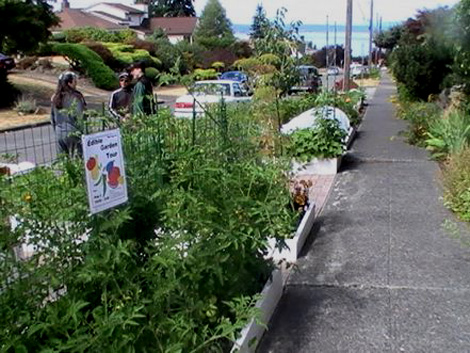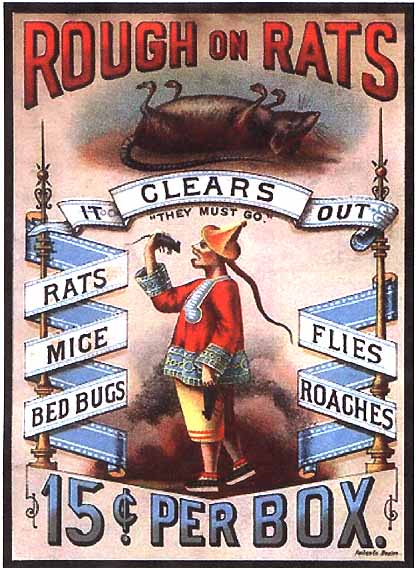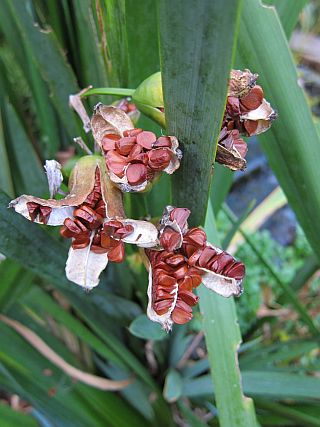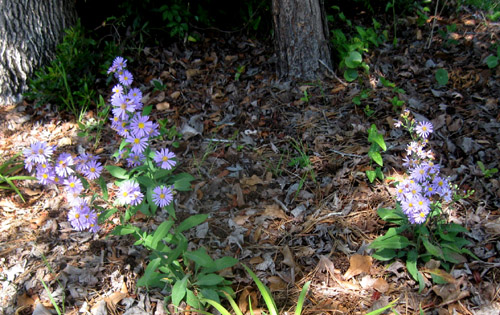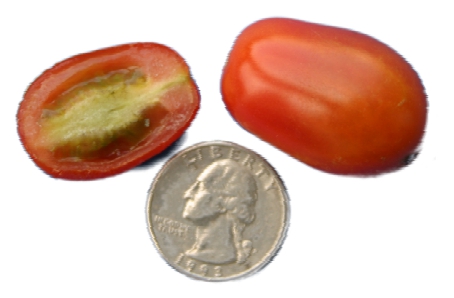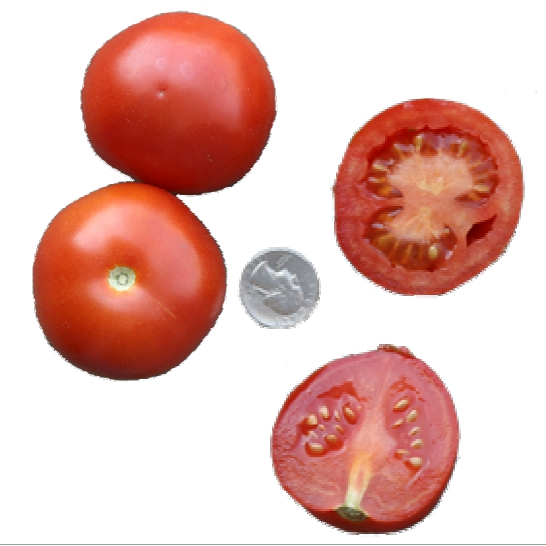
Patience: A minor form of despair, disguised as a virtue.
– Ambrose Bierce
We just completed our annual student/hort garden spring plant sale. I spent the better part of three days encouraging, suggesting, wheeling, dealing, and dispersing information, most of it sound, and all for a good cause. Generally enjoyed my legitimate excuse to sell some plants and also stay away from my ridiculous desk/computer. My “Ornamental Plant Production and Marketing” seniors have a unique interest, as they not only grow plants for the sale, the last bit of the semester has been spent discussing cost accounting and (much more fun) marketing, including garden center management. Through the hort club sale, they get to deal with real people with real questions.
One of these real people accosted one of my students late in the day Friday. Off in the distance, I saw an animated exchange as he nervously pointed her in my direction (ask Dr. Holly!)
“Is this a cultivar?” the rather intense lady barked (yipped, actually) as she marched over and shoved a quart pot of Allegheny spurge (Pachysandra procumbens) up to my face. Close enough that I could read the big ol’ label quite clearly – which did not list a cultivar name.
“Doesn’t seem to be,” I deduced, rather brilliantly. Did I mention it’s perilously close to beer:30.
I processed for another moment, and then noted “I don’t think I’ve ever seen a named selection of this.”
“Are you sure?! Because I don’t want any cultivars, you know, things that have been MESSED WITH!”
Here we go.
“Ma’am, many of our perennial and woody plant cultivars are simply selections identified by some eagle-eyed and knowledgeable plantsperson as perhaps more compact, or more floriferous, more vigorous, maybe a different color, etc. Nature, in many cases, has already done the work.” Working under a suspicious glare, I go on that plenty of named cultivars are virtually indistinguishable from the straight species or botanical variety; for better or worse; it’s mostly just a marketing thing. Echinacea purpurea var. alba just doesn’t sing like Echinacea ‘White Swan’. Though there are (obviously) plant breeders out there working to create new/superior/weird stuff (usually patented), but really, the historical bulk of what we have in our gardens is the stuff of perspicacious serendipity.
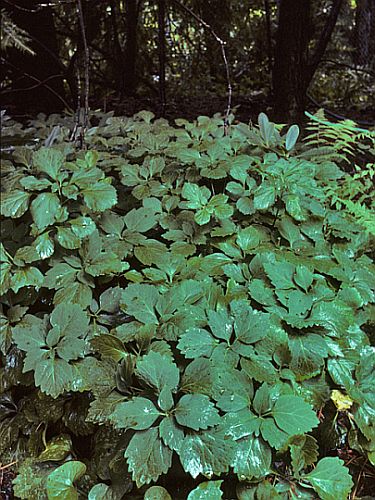
Said species, courtesy of NPIN.
She pursed her lips, stared hard at the tag, and repeated “But how do I know this hasn’t been MESSED WITH? And when it says native – that means to here, right?”
*Pop* goes yet another can of worms.
I guess I could have said “Yep.” Pachysandra procumbens appears on everyone’s “native groundcovers” list east of the Mississippi. However, it is not native to Southwest Virginia, despite our location on the eastern edge of the Alleghany Mountains. It’s fairly rare, mostly found in the Cumberland Plateau of Tennessee and assorted limestone-y bits of Georgia, Alabama, and Kentucky. I take a deep breath and commence with the disclaimers.
I thought I was doing pretty well; then behind me I hear a familiar voice – Dr. Stephen Sheckler, lauded botany professor emeritus, poobah in the Linnaean society, and loyal plant sale shopper. He stepped in with an “I couldn’t help but overhear” and proceeded to explain the effects of glacial episodes on native flora distribution a mere twenty thousand years ago and Pachysandra may have indeed been native here if you look at the broader picture etc. etc. etc. Five minutes later, he was explaining why we have similar ecotypes to the Yunnan Provence, and I excused myself and wandered off to sell a Japanese maple. We’d both tried to answer her questions to the best of our ability. My utmost respect and admiration goes out to those of you in retail who do this on a daily basis.
My student was pleased to reported that she went back and bought the entire tray.

